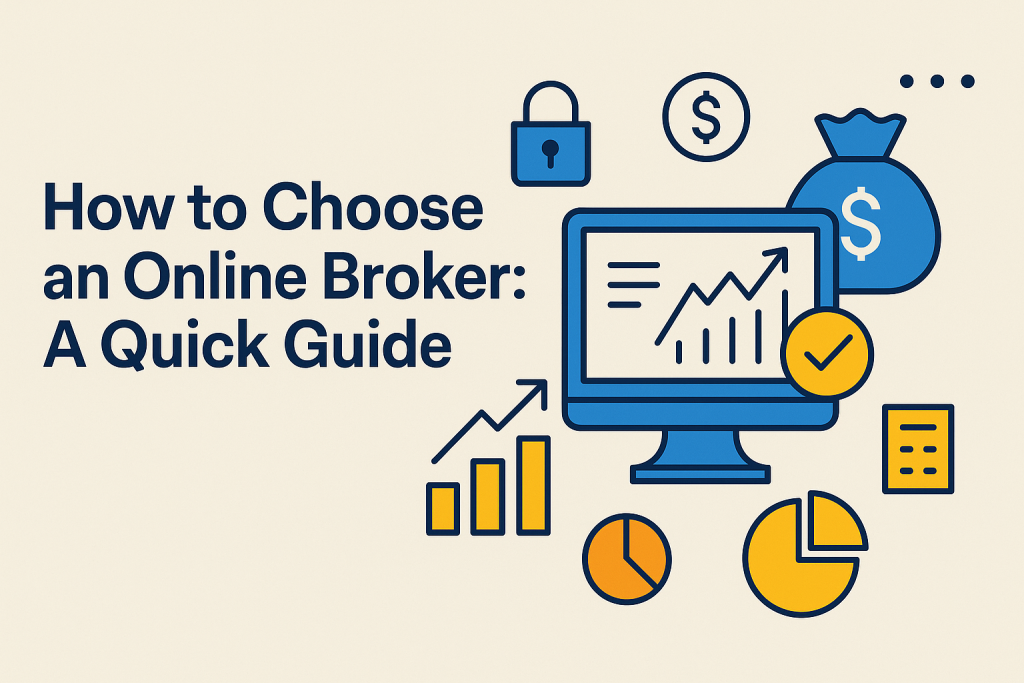Creating a budget is one of the most powerful tools for taking control of your finances. Yet, many people find it difficult to stick to a budget or even know where to start. In this budgeting guide, we’ll break down the steps to building a simple budget that works, share practical personal finance tips, and help you develop a budget planning system you can actually stick with over the long term.
Why a Budget Matters
A budget isn’t about restricting your spending or living a life of constant sacrifice. It’s about creating a plan for your money that reflects your values and goals. With a budget, you know where your money is going, can avoid unnecessary debt, and have a clear path toward your financial dreams. Without a budget, it’s easy to overspend, under-save, and feel stressed about money.
Steps to Create a Simple Budget That Works
1. Know Your Income and Expenses
The first step in budget planning is understanding how much money you have coming in and going out. Start by listing all sources of income—such as your salary, side gigs, or passive income streams. Then, track your expenses for at least a month. Categorize them into fixed costs (like rent, utilities, and loan payments) and variable expenses (like groceries, dining out, and entertainment). This snapshot is your foundation.
2. Set Realistic Financial Goals
What are you saving and budgeting for? Maybe it’s building an emergency fund, paying off debt, or planning a vacation. Clear, realistic goals give your budget a purpose. Prioritize your goals and make sure they’re achievable—starting small is better than not starting at all.
3. Use the 50/30/20 Rule as a Framework
A simple budgeting method many people find helpful is the 50/30/20 rule:
- 50% of your income goes to needs (housing, bills, groceries).
- 30% goes to wants (dining out, hobbies, entertainment).
- 20% goes to savings and debt repayment (emergency fund, retirement, loans).
This rule isn’t perfect for everyone, but it’s a great starting point for budget planning.
4. Build Flexibility Into Your Budget
Life is unpredictable, so your budget should be too. Set aside a small buffer for unexpected expenses or occasional splurges. Flexibility makes your budget more sustainable and reduces the temptation to abandon it altogether when life gets in the way.
5. Automate Where Possible
One of the best personal finance tips is to automate as much as possible. Set up automatic transfers to your savings account and automatic payments for bills. This reduces the mental load and helps you stay on track without constant effort.
6. Review and Adjust Regularly
Check in with your budget at least once a month. Look at your spending patterns, see how they align with your goals, and make adjustments as needed. A budget isn’t set in stone—it’s a living plan that evolves with your life.
7. Don’t Aim for Perfection
No budget is flawless. There will be months when you overspend or unexpected costs pop up. That’s okay. The goal is progress, not perfection. Celebrate your wins—no matter how small—and keep moving forward.
Final Thoughts
Creating a budget doesn’t have to be complicated or restrictive. By following this budgeting guide, applying these personal finance tips, and staying flexible with your budget planning, you can create a system that works for your life. Remember, a budget is a tool for empowerment—not a limitation. Start small, stay consistent, and watch your financial confidence grow over time.


